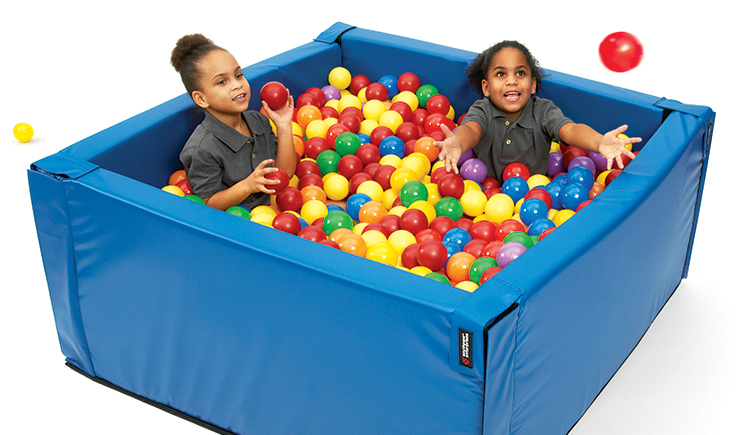While practicing in a school setting, there are many opportunities for occupational therapy practitioners to share OT techniques and strategies with classroom teachers. This collaboration ensures that children who receive pull-out OT services generalize skill gains in their natural environment and more independently manage their sensory responses to everyday stimuli. An additional benefit exists for all children in the classroom, many of whom have subclinical sensory needs. The federal Every Student Succeeds Act [ESSA] (2015) recommends allocation of school resources that benefit all students. And who can’t benefit from some sensory regulation?!
A sensory-friendly classroom environment can be created with a few modifications, such as star-patterned Dimming Light Covers to eliminate glare and soften the visual environment. An aromatherapy diffuser can be used with various scents to facilitate calming or alerting, changed as needed throughout the day. Simple strategies to build in “heavy work” for proprioceptive input include tasks that involve pushing (i.e., the book cart to the library), pulling a Scooter Board with students taking turns riding/pulling to locations in the building, carrying the recycling bin to the drop-off station, “animal walks,” and, of course, a trip to the playground. To promote attention to task while seated, the Sitting Donut and CanDo Sitting Wedges are space-saving alternatives to therapy ball chairs for dynamic seating.
Sensory bins can be utilized to organize different types/textures of fidgets, and stored in areas of the classroom where children can access as needed. Creating sensory spaces for more intensive sensory needs is achievable by partitioning sections of the room and equipping with a soft carpet or mat, Bean Bag Chairs or Floor Pillows, and calming media such as a Body Sox compression sack, Weighted Washable Body Blanket or Shawl, Playful Gel Pads, and Rainbomakers to name a few. A Weighted Seek & Find is a great “reset” tool for children who need to calm down after a behavioral outburst. Simple puzzles and manipulatives are also useful as calming activities and should be included in the sensory space.
Providing education to classroom teachers about the root cause of sensory-driven behavior and recommending effective tools and strategies to help manage it is essential for best practice in school-based occupational therapy. This can be achieved through in-service presentations, informal one-to-one or formal staff meetings, and by creating and distributing handouts and tip sheets on a variety of topics related to sensory and motor needs. Doing so is beneficial for teachers and children and gives OT practitioners an opportunity to demonstrate their distinct value as part of the holistic educational team.



